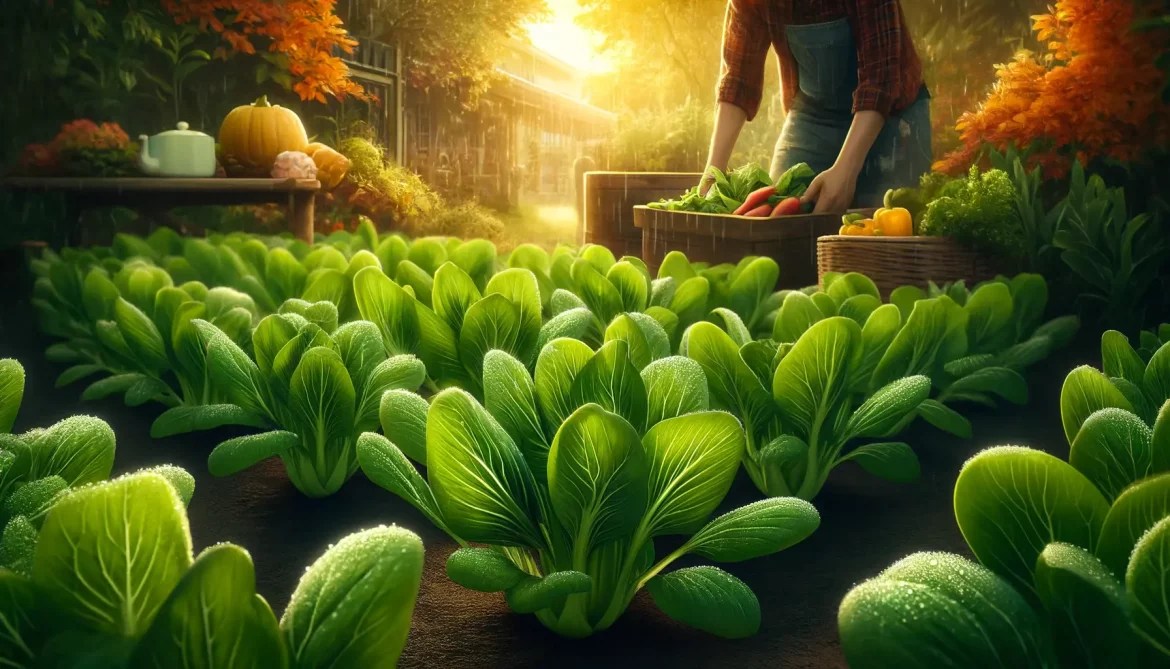Growing Bok Choy in the Fall: A Comprehensive Guide
Introduction
Bok choy, a leafy green vegetable packed with nutrients, is a great addition to any fall garden. Growing bok choy in the fall is easy and low-maintenance, as it thrives in the cooler temperatures. This guide will provide you with all the information you need to successfully grow bok choy in the fall, from planting times to harvesting tips.
Benefits of Growing Bok Choy in the Fall
- Thrives in cool season temperatures
- Easy to grow and low-maintenance
- Rich in nutrients such as vitamins A, C, and K
- Can be used in a variety of dishes, from stir-fries to salads
When to Plant Fall Bok Choy
The best time to plant fall bok choy is in mid-to late summer, or as late as a few weeks before your first average frost in the fall. If you live in a region with warmer temperatures, you can plant bok choy in partial sun.
How to Plant Fall Bok Choy
- Direct sow bok choy seeds 1/2 inch deep in rows that are 18-30 inches apart.
- Thin the seedlings to between 6-12 inches apart.
- You can also set transplants out at 6-12-inch spacings 4-6 weeks prior to the first frost in your area.
- Mulch fall crops heavily and keep them consistently moist to avoid premature bolting.
Companion Planting for Fall Bok Choy
Companion planting can help to improve the growth and yield of your bok choy. Good companion plants for fall bok choy include:
- Lettuce
- Spinach
- Arugula
- Swiss chard
- Asian greens
- Beets
- Carrots
- Turnips
- Radishes
- Kale
- Broccoli
- Cauliflower
- Broccoli rabe
Care and Maintenance
- Water your bok choy regularly, especially during hot and dry weather.
- Fertilize your bok choy every few weeks with a balanced fertilizer.
- Remove weeds from around the plants and till the soil gently to increase oxygen levels at the roots.
- Protect your bok choy from pests such as snails and slugs by using an organic slug bait.
Harvesting Fall Bok Choy
- Baby varieties of bok choy are ready to harvest in around 30 days, while larger varieties are ready 4-6 weeks from sowing.
- Harvest bok choy by cutting the leaves at the base of the plant.
- You can store bok choy in the refrigerator for up to a week.
Troubleshooting
- Bolting: Bolting is when bok choy produces flowers and goes to seed prematurely. To prevent bolting, keep your bok choy well-watered and avoid fertilizing too heavily.
- Pests: Snails and slugs are the most common pests that affect bok choy. Use an organic slug bait to protect your plants.
- Diseases: Bok choy is susceptible to a few diseases, such as downy mildew and powdery mildew. To prevent diseases, keep your plants well-spaced and avoid overwatering.
Additional Tips
- Growing bok choy in raised beds can help to improve drainage and prevent root rot.
- Bok choy can be grown in containers, making it a great option for gardeners with limited space.
- Bok choy is a versatile vegetable that can be used in a variety of dishes. Try stir-frying, steaming, or roasting your bok choy for a delicious and nutritious meal.
